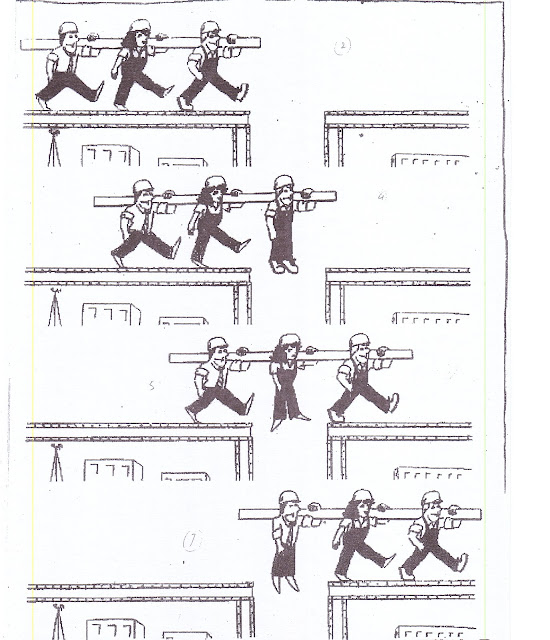Dr Mandi surprised us, as has now become routine, with a lecture on Team Dynamics and Strategy by using an old cartoon video of 3 Monks and a peculiar problem that they tackle.
Again, let me allow the video to do all the talking :
IMPORTANT: If you are reading this line, and haven't seen the video, I would strongly recommend reading no further. The video is a classic in itself and very easy to follow. The concepts and lessons listed below would remain incomplete if they are perused without seeing the video.
About the Film
The story of the three Buddhist Monks is an anime film directed by A Da.
Again, let me allow the video to do all the talking :
IMPORTANT: If you are reading this line, and haven't seen the video, I would strongly recommend reading no further. The video is a classic in itself and very easy to follow. The concepts and lessons listed below would remain incomplete if they are perused without seeing the video.
About the Film
The story of the three Buddhist Monks is an anime film directed by A Da.
Three Monks at its simplest interpretation espouses the virtues of teamwork. While teamwork is an important lesson, it alone seems not to be the driving force behind the plot.
More about the film can be read here : Three Monks
Key Lessons
Dr Mandi used the video to illustrate some key management concepts. These included:
Productivity and Team Work -> It is a measure of how well an operations system functions. We are familiar with the equation,
Excellence = Efficiency X Effectiveness
The video very adeptly highlights the concepts of productivity and how it varies with the number of people involved and the nature of the situation.
The video shows us the flip side of teams. Managers need to understand the negatives of having an unbalanced team. As can be seen from this video, as the number of monks increase the efficiency and productivity go down.
Epilogue
The video ends on a positive note. The concept of SYNERGY can be seen when the three monks come together and achieve productivity levels that are much above the sum of their individual productiveness.
The video serves as a simple yet highly effective learning experience with a plethora of lessons interspersed in it.
Thank you Dr Mandi.
Till next time.


